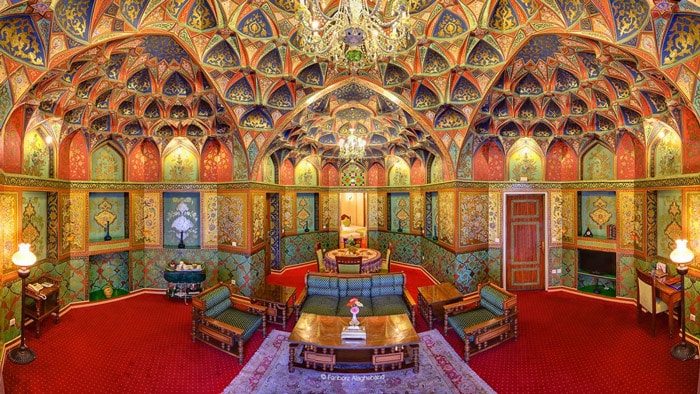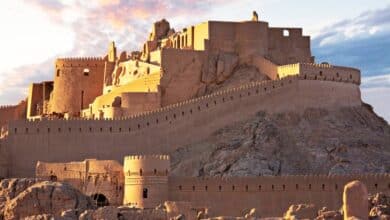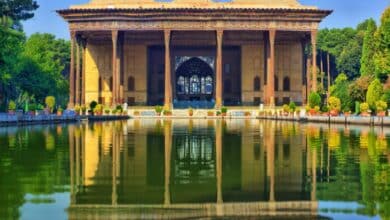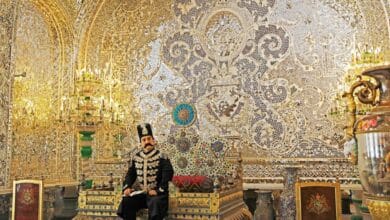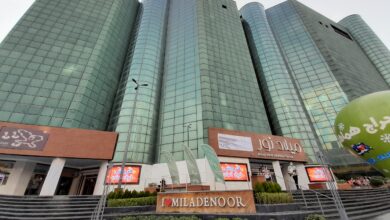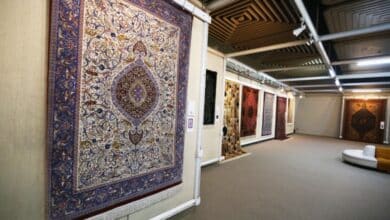All About Naqsh-e Jahan Square: Everything You Need to Know
A True Marvel to Behold
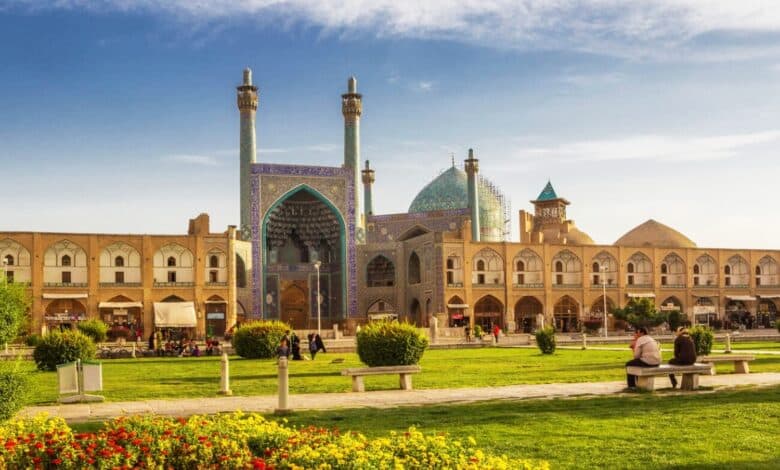
Isfahan, a significant and expansive city in Iran, holds great importance in terms of culture and tourism. This city boasts numerous historical and cultural attractions that date back to pre-Islamic times, making it a treasure trove of heritage. Isfahan’s rich history is evident in its historical sites, spacious squares, and invaluable museums, all of which contribute to its status as a prized tourist destination in Iran.
Among the many noteworthy landmarks in Isfahan, Naqsh-e Jahan Square stands out as one of the most prominent. This world-renowned square has even been recognized by UNESCO for its cultural significance.
Located in the northern part of Isfahan city, Naqsh-e Jahan Square serves as a prominent landmark that can be easily accessed from all corners of the city. The square is conveniently situated near both metro and bus stations, facilitating convenient transportation for visitors. Undoubtedly, Naqsh-e Jahan Square stands as a symbol of Isfahan’s identity and uniqueness, having maintained its strength and stability over the years. This renowned square attracts numerous domestic and international tourists annually, with its UNESCO recognition further enhancing its appeal and drawing visitors from across the globe to Isfahan.
Contents
The History of Naqsh-e Jahan
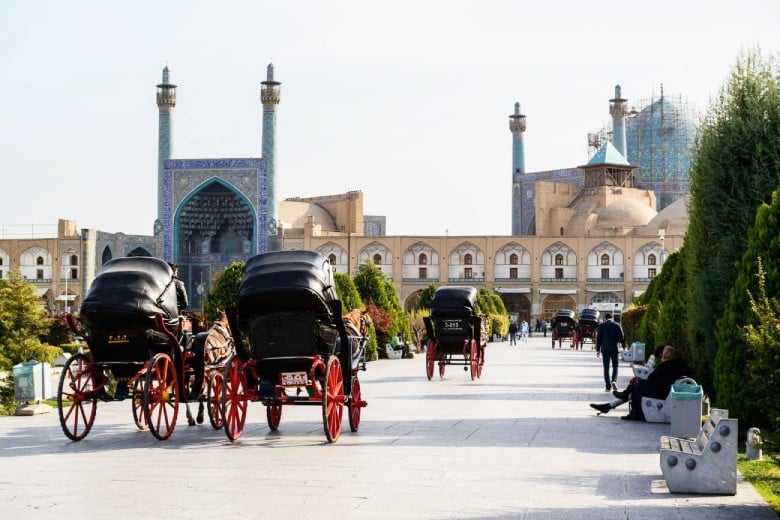
Prior to the revolution, this particular square was famously referred to as Shah Square. Its construction can be traced back to the era of Shah Abbas I, precisely when the capital was relocated from Qazvin to Isfahan. Prior to the expansion of Naqsh-e Jahan Square and the reign of the Safavids, there existed a vast garden within the square. This garden housed the palace of the rulers and served as the site for significant governmental decisions, including certain executions.
Under the rule of Shah Abbas I, numerous structures were erected surrounding Naqsh-e Jahan Square. Subsequently, during the reign of Shah Abbas II, the square underwent expansion and underwent a name change to Naqsh-e Jahan Square.
Naqsh-e Jahan Information
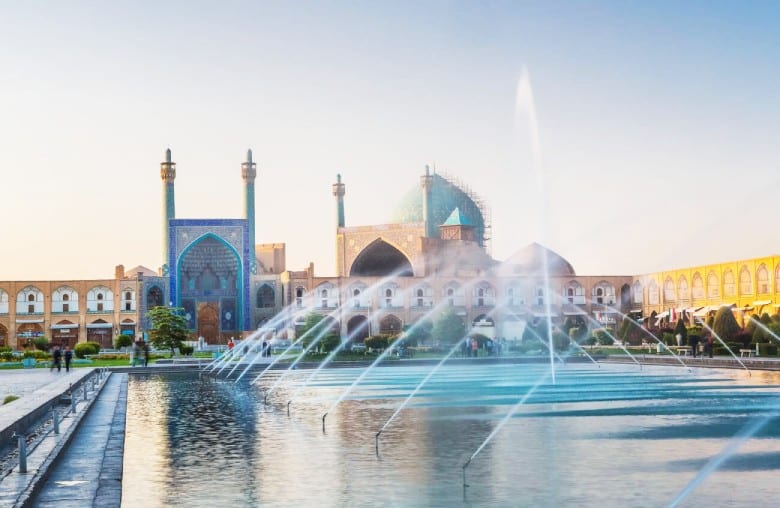
Naqsh-e Jahan square is the central square of Isfahan, measuring approximately 500 meters in length and 160 meters in width. Unlike other fields, this square has a rectangular shape. Surrounding the square are four significant historical monuments, which we will discuss below. Additionally, the square features 200 stores spread across two floors.
During the Safavid era, Isfahan served as the capital and held great importance. However, with the transfer of the capital to Tehran, Isfahan gradually lost its significance. Neglect resulted in the drying up of the trees within the square. It was only after Reza Shah assumed power that the reconstruction of the square commenced.
Sights of Naqsh-e Jahan Square
Imam Mosque
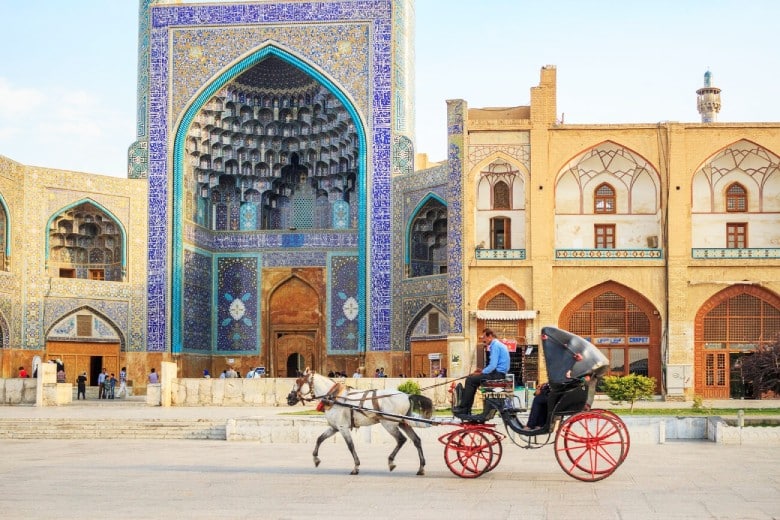
The names Shah Mosque, Sultan Mosque, Jame Mosque, and Imam Mosque are all associated with this place of worship. Imam Mosque holds a significant position as an ancient mosque in Isfahan and is considered one of the most important historical mosques in the Islamic world. Constructed under the command of Shah Abbas I, this mosque showcases remarkable architecture, intricate tiling, and skilled carpentry dating back to the 11th century. The architectural work of Imam Mosque was carried out by Ali Akbar Esfahani and Mohib Ali Beyallah. Unlike the Sheikh Lotfollah Mosque, the Imam Mosque features a minaret that can be seen from afar.
Sheikh Lotfollah Mosque
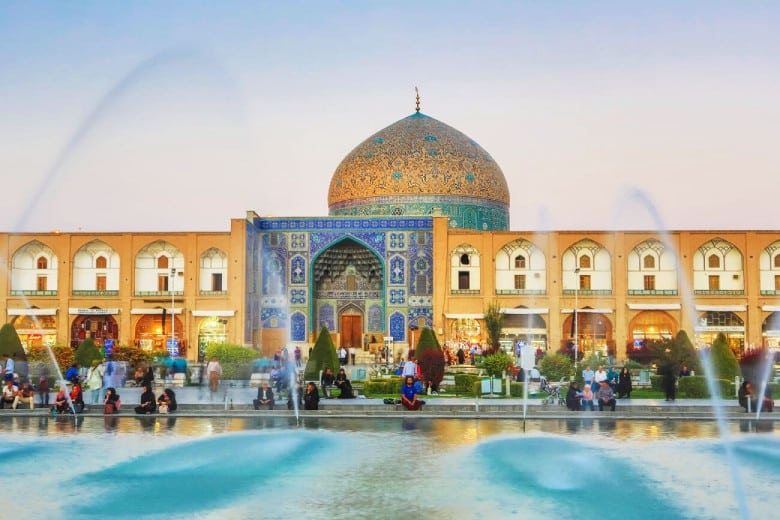
Upon entering the square, one cannot help but notice the captivating presence of a grand dome, which is intricately linked to the Sheikh Lotfollah Mosque. Distinguishing itself from other mosques, this particular mosque does not boast a minaret, and its origins can be traced back to the Safavid era, a construction endeavor that spanned a remarkable 18 years.
The architectural marvel of this mosque is truly awe-inspiring, much like its contemporaries. Notably, the inner center of the dome features an exquisite peacock design, ingeniously allowing the light to gracefully permeate the sacred space within the mosque.
Ali Qapu Palace
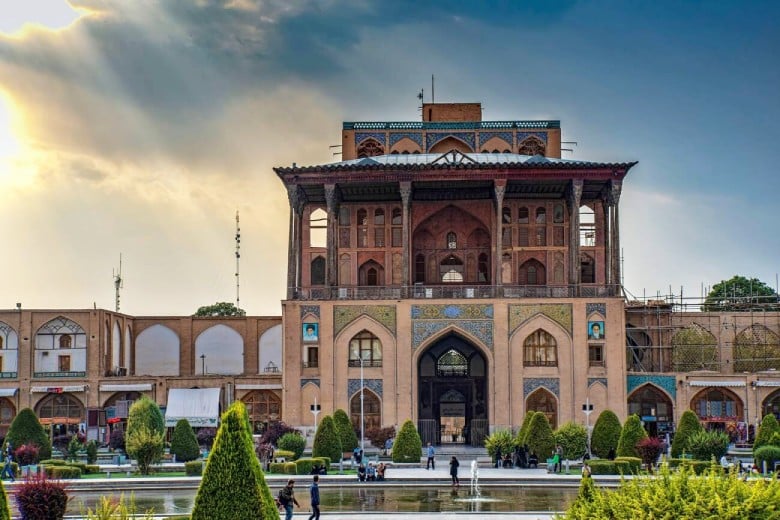
Located on the western side of Naqsh-e Jahan square, Ali Qapu Palace stands tall at a height of 48 meters with 6 floors. It is renowned as one of Iran’s prominent palaces. The construction of this palace was initiated by Shah Abbas I and was later completed during the reign of Shah Abbas II. Often referred to as the sound room or the music room, this palace boasts captivating and distinctive plasterwork. Its construction spanned across 5 stages, taking approximately 70 to 100 years to be fully realized.
One notable feature of Ali Qapu is the presence of a marble threshold or entrance. In the past, individuals seeking an audience with the king would first kiss this entrance as a sign of respect before being granted permission to enter the palace.
Qeysariyeh Gate
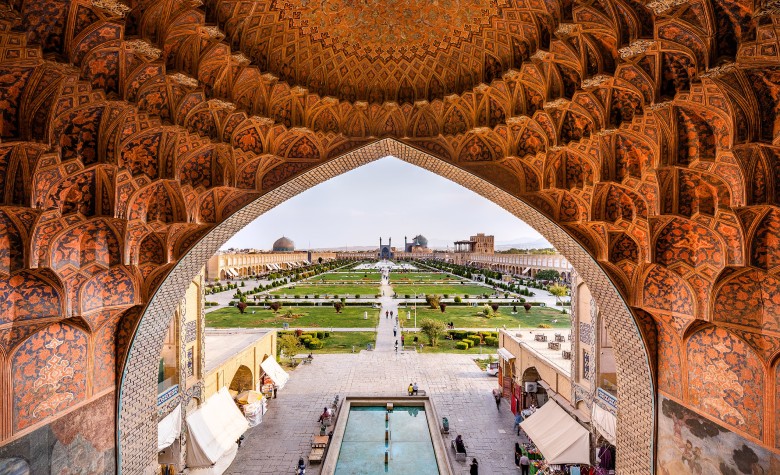
Located in the main entrance of Isfahan market, Qeysariyeh gate stands proudly in another corner of Naqsh-e Jahan Square. This magnificent structure consists of three floors, with one floor, previously a Naqareh Khaneh (نقاره خانه), now in ruins. In the past, the Naqareh Khaneh played a vital role in announcing the time to the people. The second floor was dedicated to commercial affairs and transactions, while the first floor housed various shops for buying and selling. At the Qeysariyeh gate, one can find four doors, a main gate, and a beautiful pond.
Polo Gates
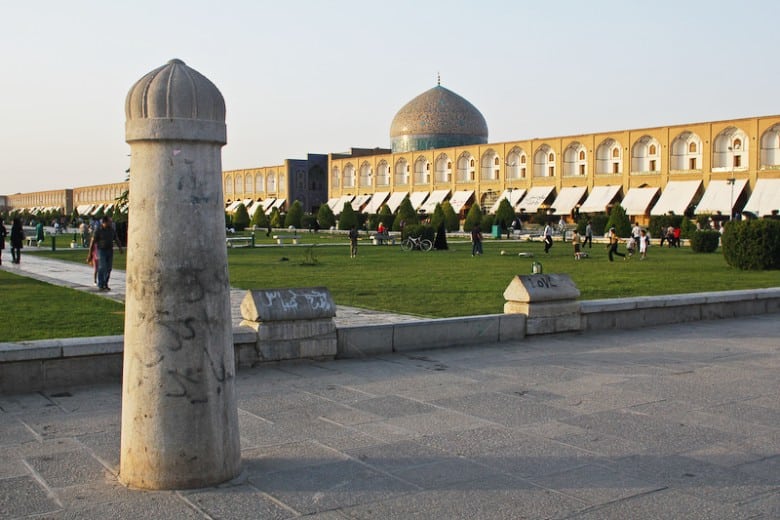
Naqsh-e Jahan square, historically known as a prominent hub for polo sports, features short stone columns on its south and north sides that once served as gates for the game.
Naqsh-e Jahan Square, the Diamond Of Isfahan
Naqsh-e Jahan square Square holds great significance as one of the primary squares in Isfahan, as well as throughout Iran. It serves as the venue for numerous significant events in the country, including the Nowruz celebration. Presently, this square has transformed into a delightful recreational spot for both tourists and locals in Isfahan. The meticulously adorned green spaces and gardens within the square provide a serene atmosphere, ensuring a relaxing experience for visitors. When visiting Isfahan, it is highly recommended to allocate a few hours to immerse oneself in the charm of Naqsh-e Jahan Square, leaving an indelible memory that will endure for years to come.
